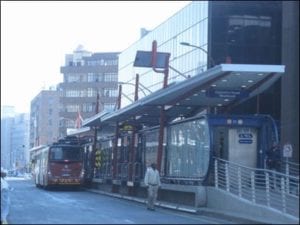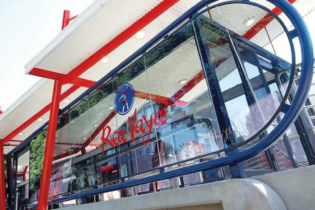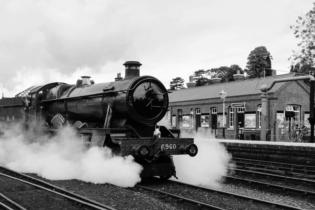Tshwane residents can look forward to enjoying safe and affordable public transport soon, with construction at the city’s first Bus Rapid Transit (BRT) station kicking off.
Tshwane Mayor Kgosientso Ramokgopa officially launched construction at the first BRT station in Hatfield on Wednesday. The station will be based in the middle of Arcadia Street with dedicated bus lanes on either side of the station. Once the stations have been built and buses procured, major benefits would be enjoyed by Tshwane residents, Ramokgopa said. These included rapid, reliable, safe, efficient buses with a low carbon footprint. The BRT system would also incorporate the taxi industry, which “would be fashioned into a different form”. Disadvantaged areas would also reap the benefits of the Tshwane’s BRT system. “We have deliberately chosen the poor areas to be serviced by the Tshwane BRT because they deserve better. We will go to Atteridgeville, Mamelodi and Soshanguve,” Ramokgopa said. The BRT system was far more than just a transport project and should be viewed as one of the many projects that were contributing to the building of a national democratic society, he added. The project is also expected to create about 11 000 jobs. According to the city, BRT passengers can expect reduced travel times between home, work, retail and social destinations, with improvements in traffic congestion and road safety. The number of traffic accidents is likely to reduce, and those that do occur will have less of an impact on traffic flow.The first phase, stretching from Nana Sita Street (formerly Skinner Street) in the CBD to the suburb of Hatfield, will be operational in April 2014.
In total, 51 stations will be built, from Kopanong in Soshanguve to Mamelodi – some 80km of road. At peak times, trunk services will operate every 3-5 minutes, with feeder services every 15 minutes. Overall, the entire BRT system should be completed and operational by October 2015. The system will feature dedicated bus lanes along BRT trunk routes, stations at regular intervals, and terminals at major transport interchanges to enable greater efficiency and ease of use for passengers. Approximately 154 buses will be procured for the system. Tshwane’s BRT system will be integrated in partnership with existing public transport facilities, which will ferry passengers to and from BRT stations, improving efficiencies and impact for residents. The city will decide on a name for the BRT system through a competition which will open today.







